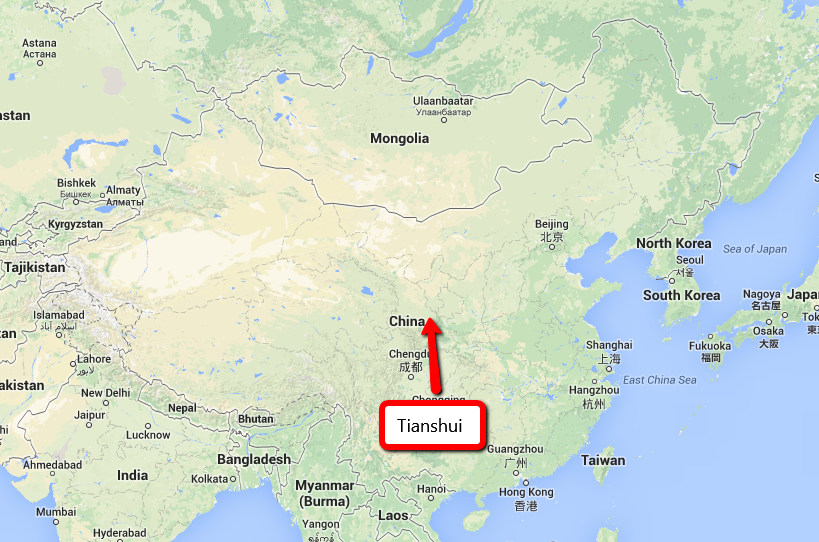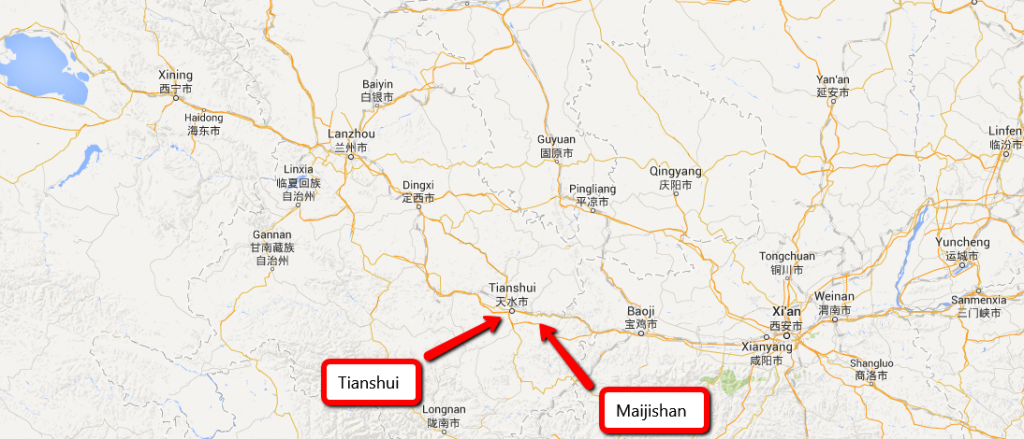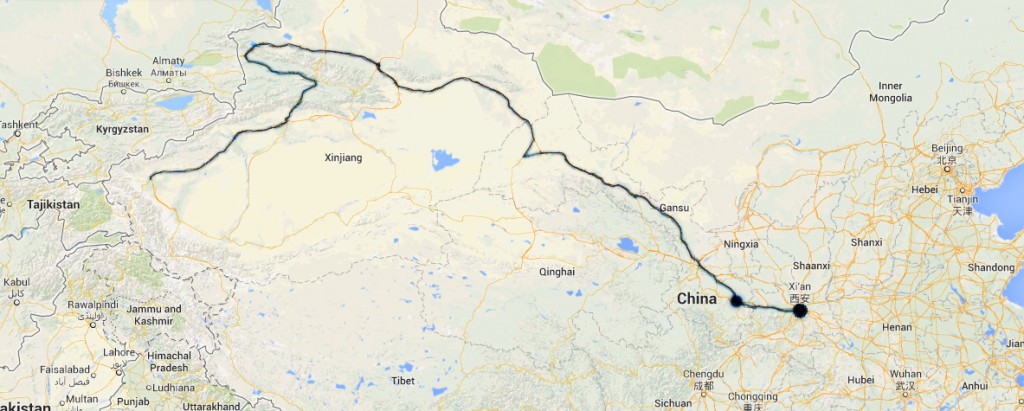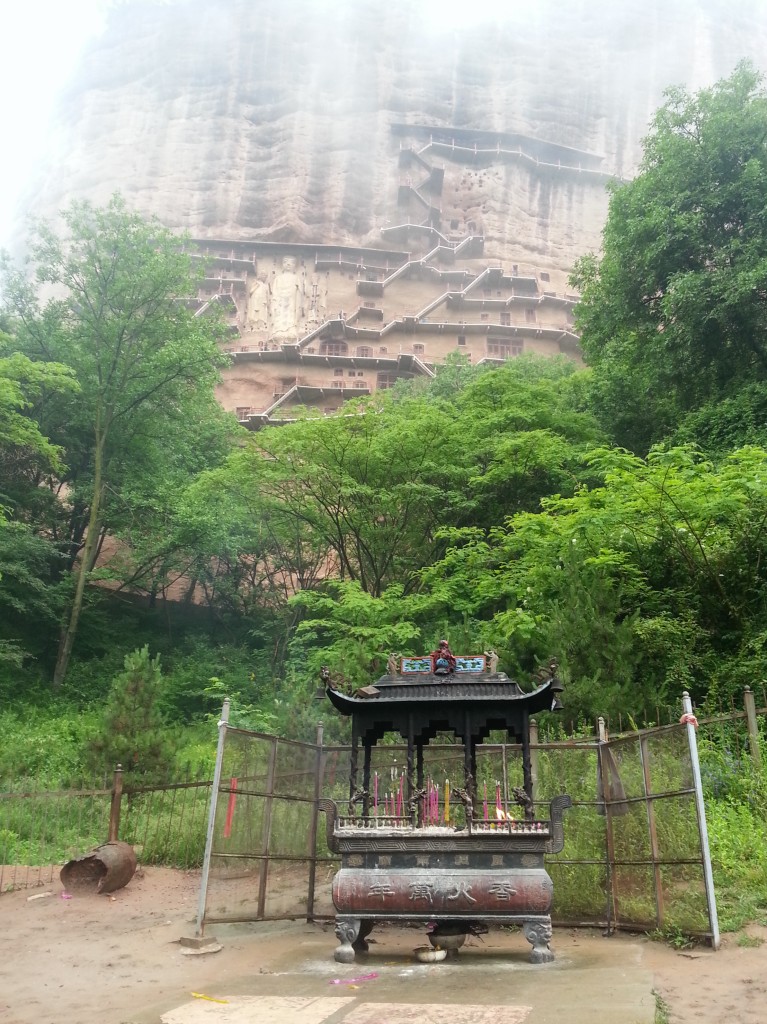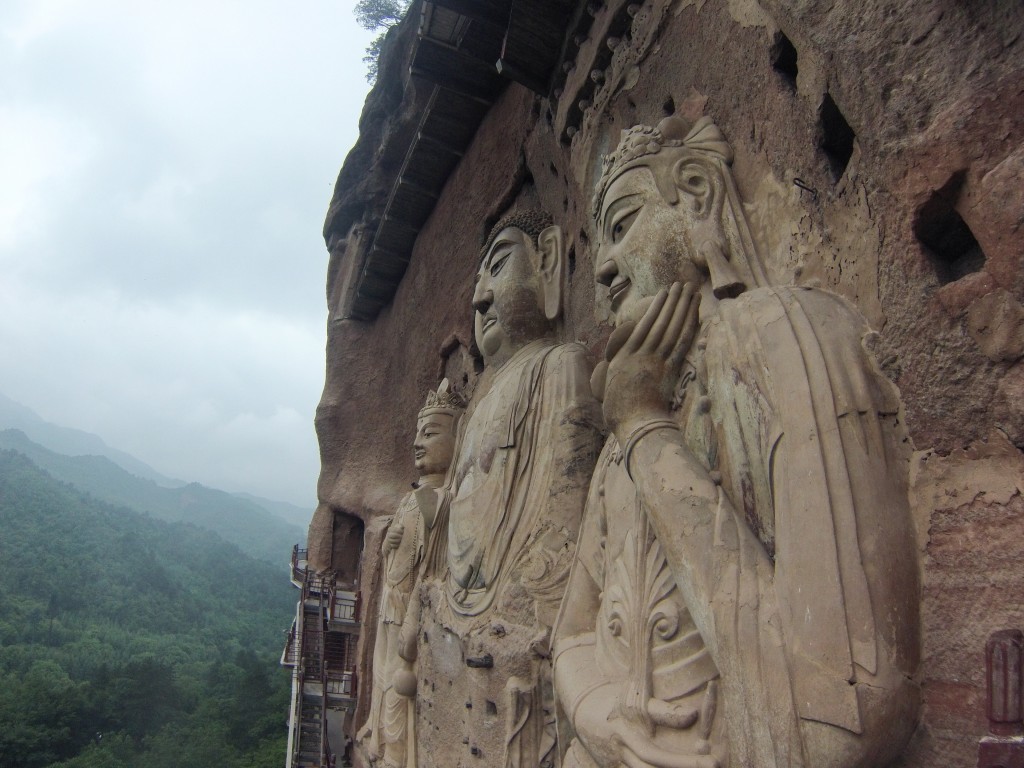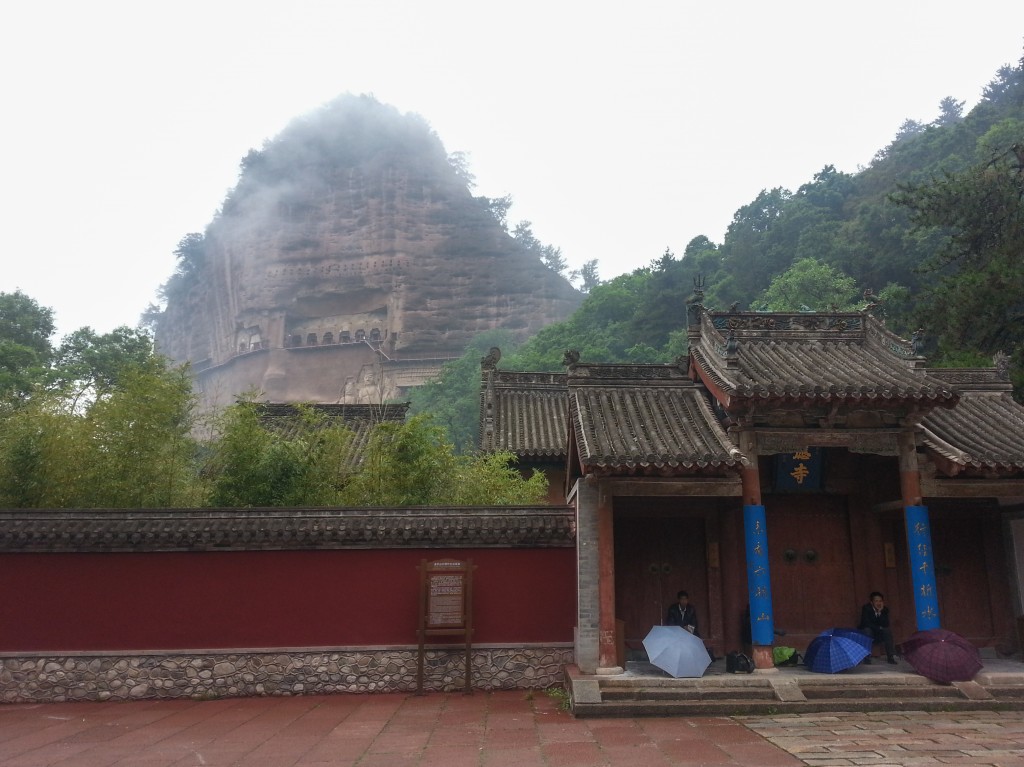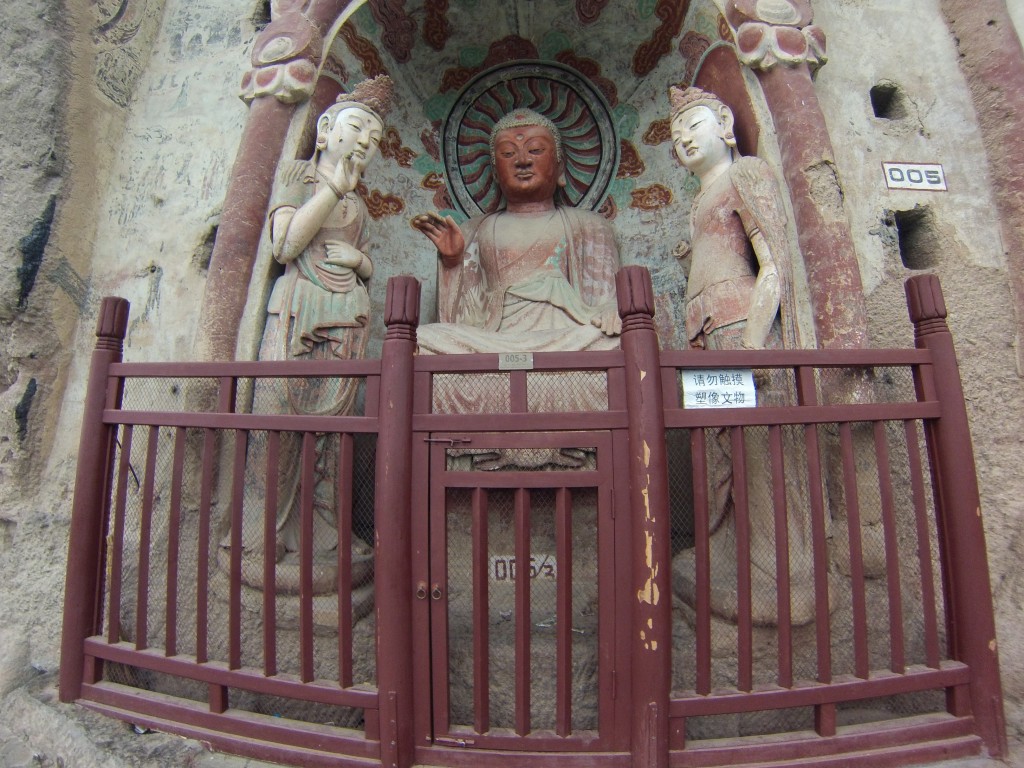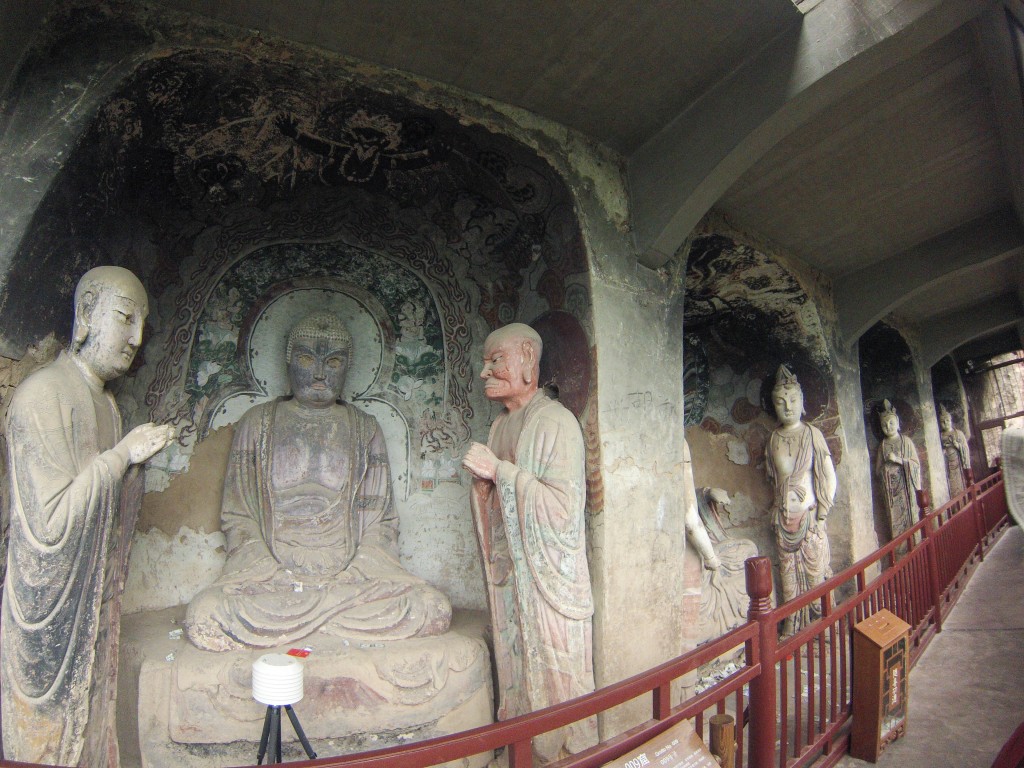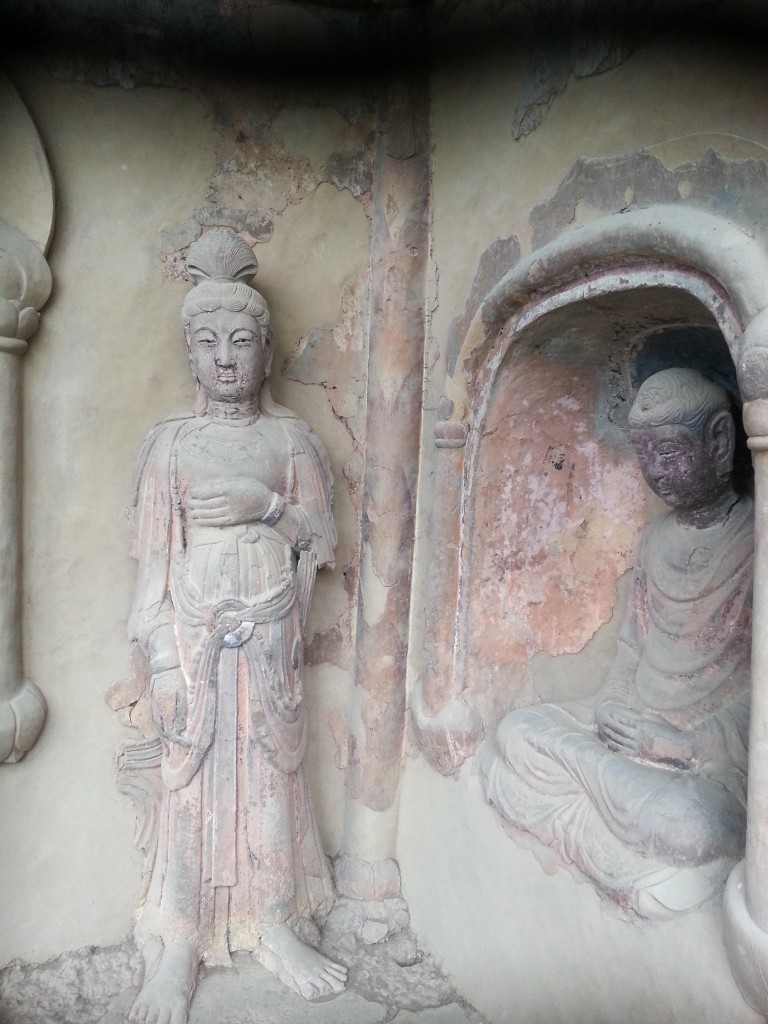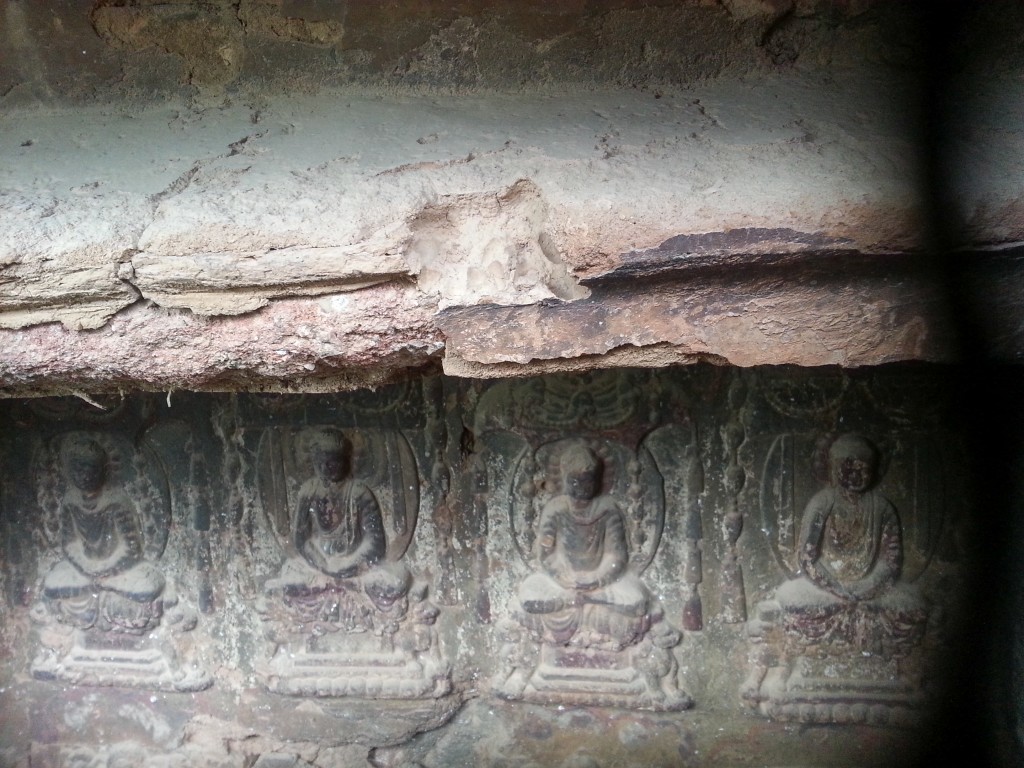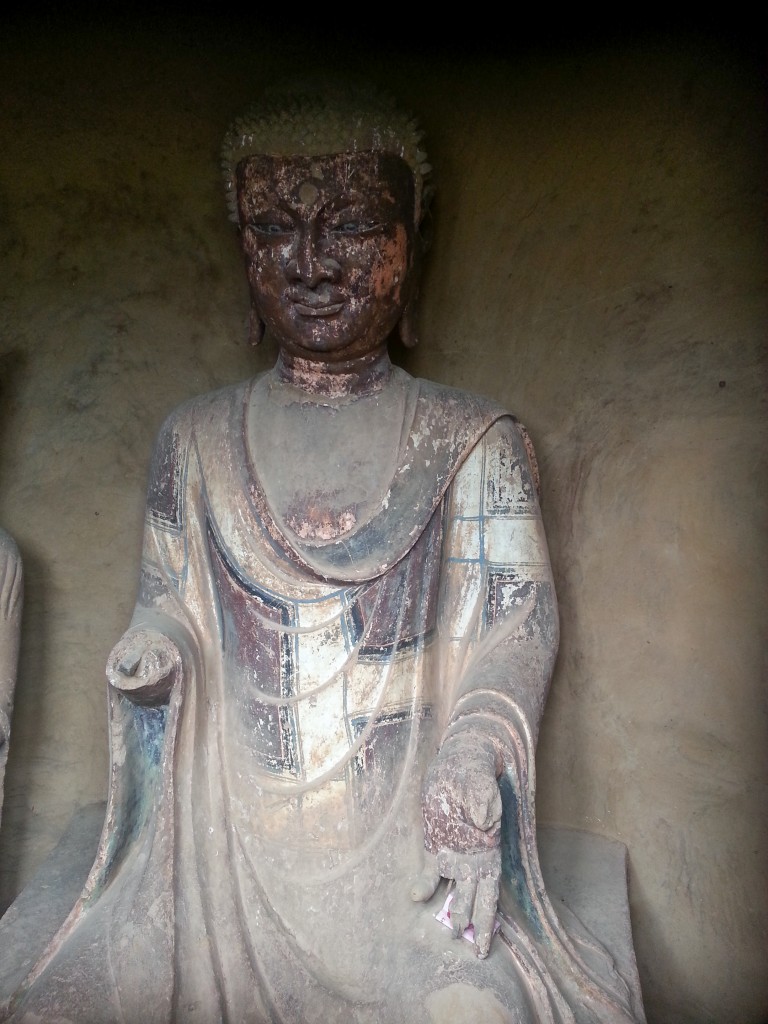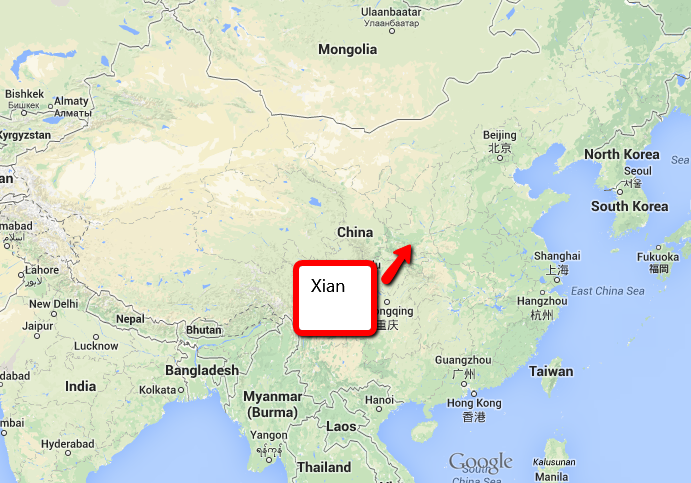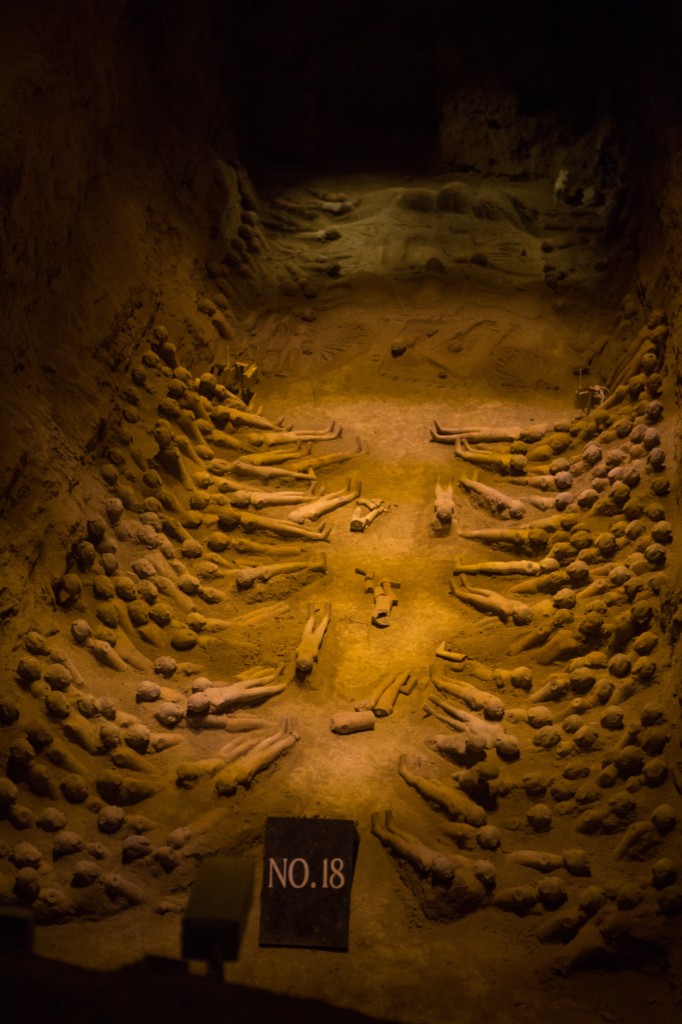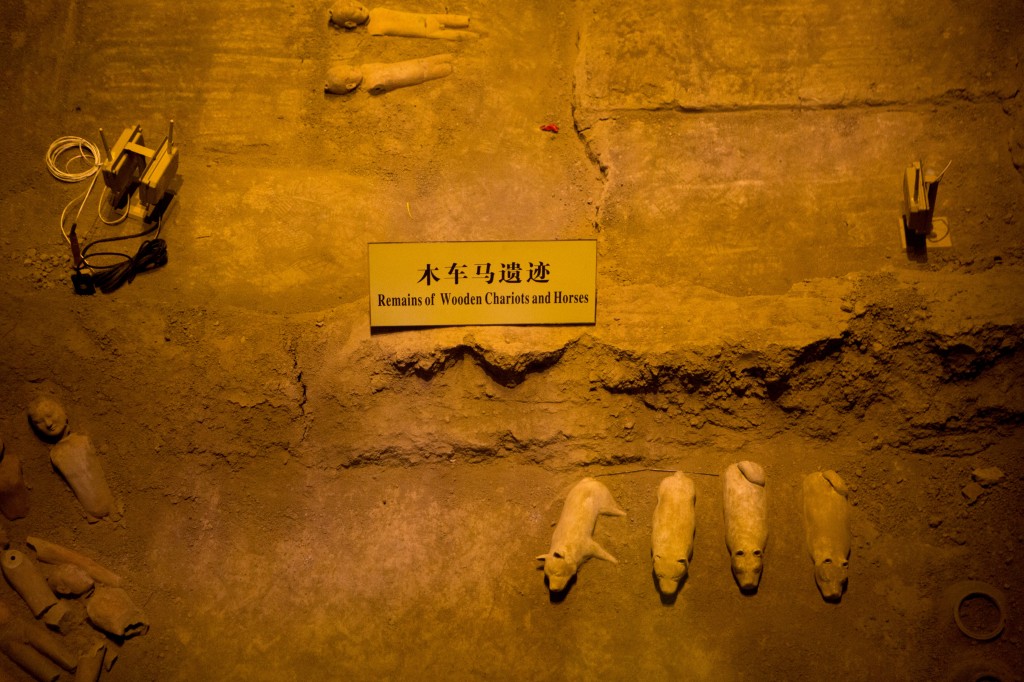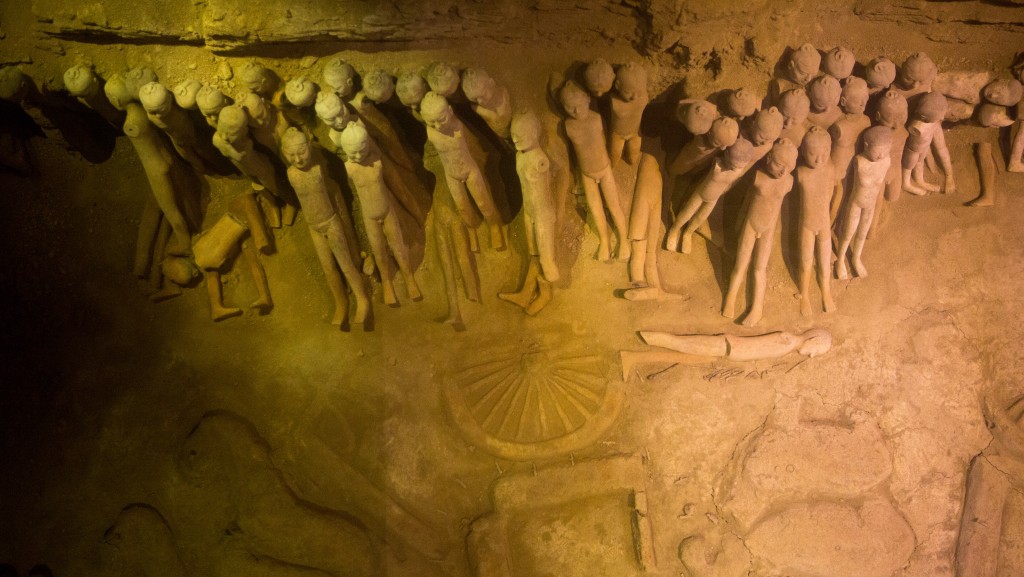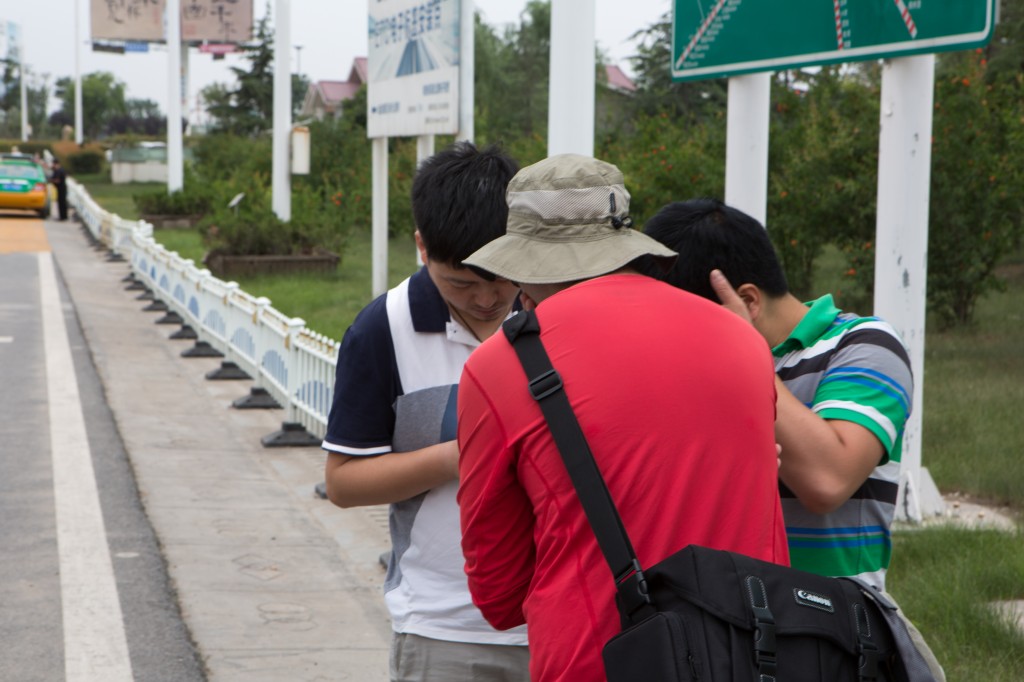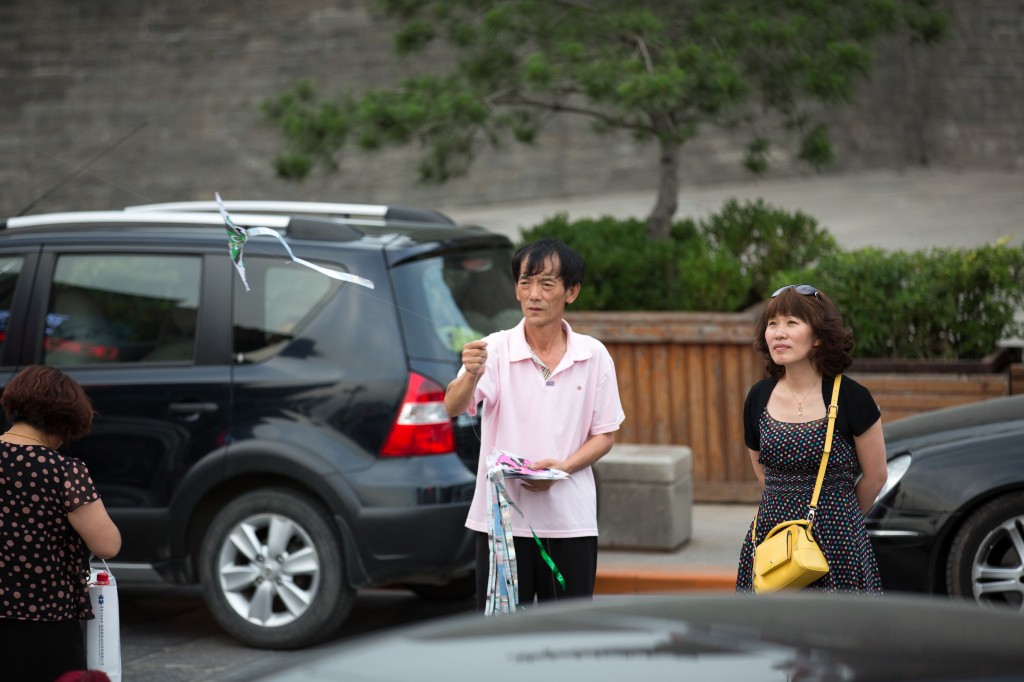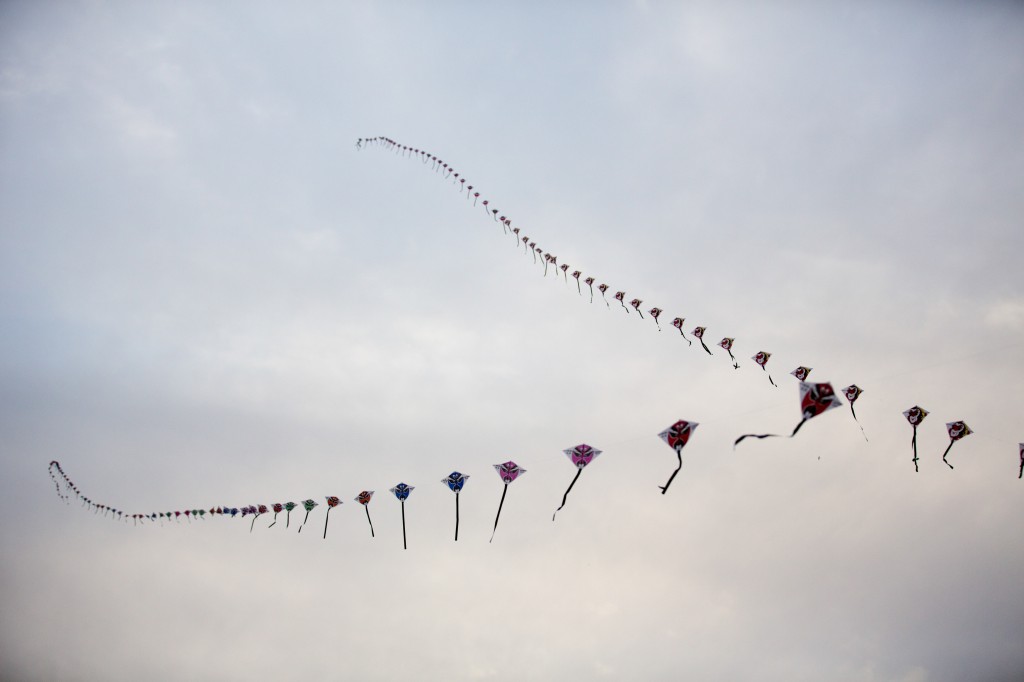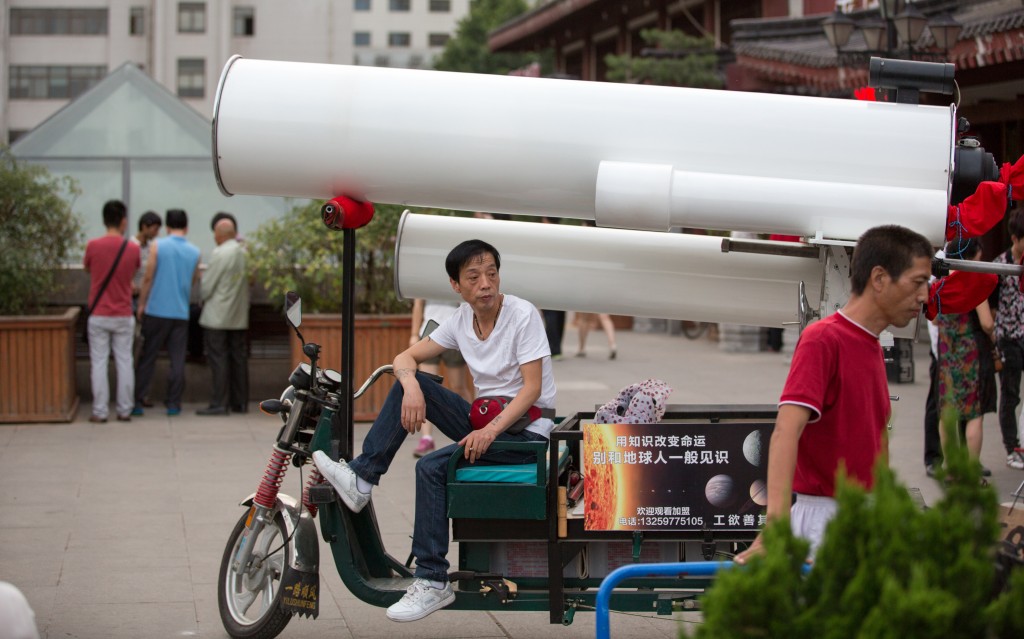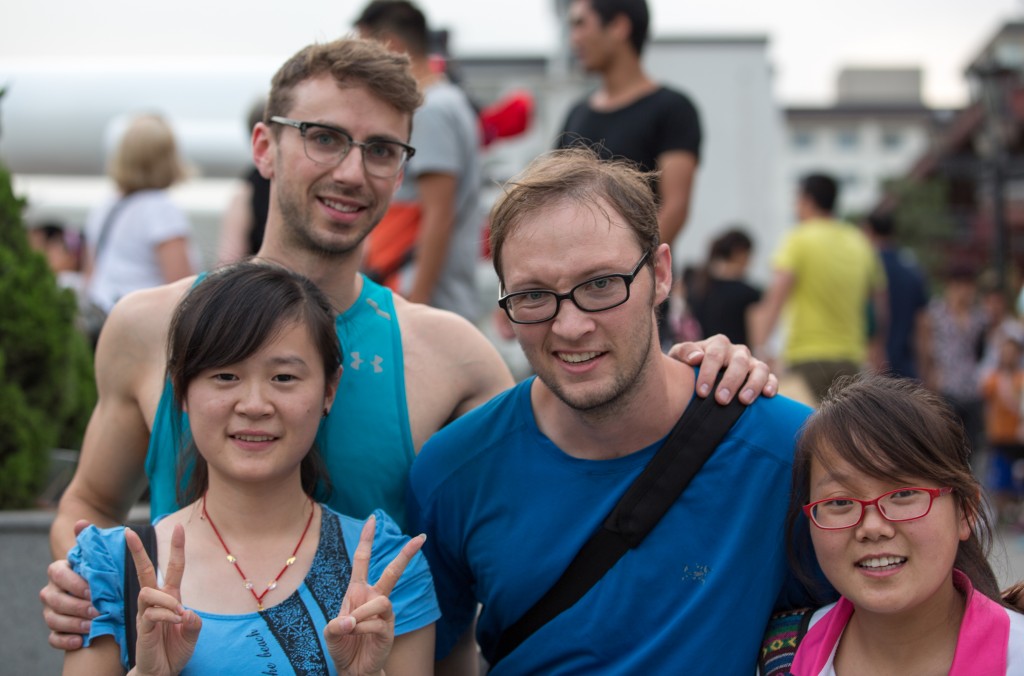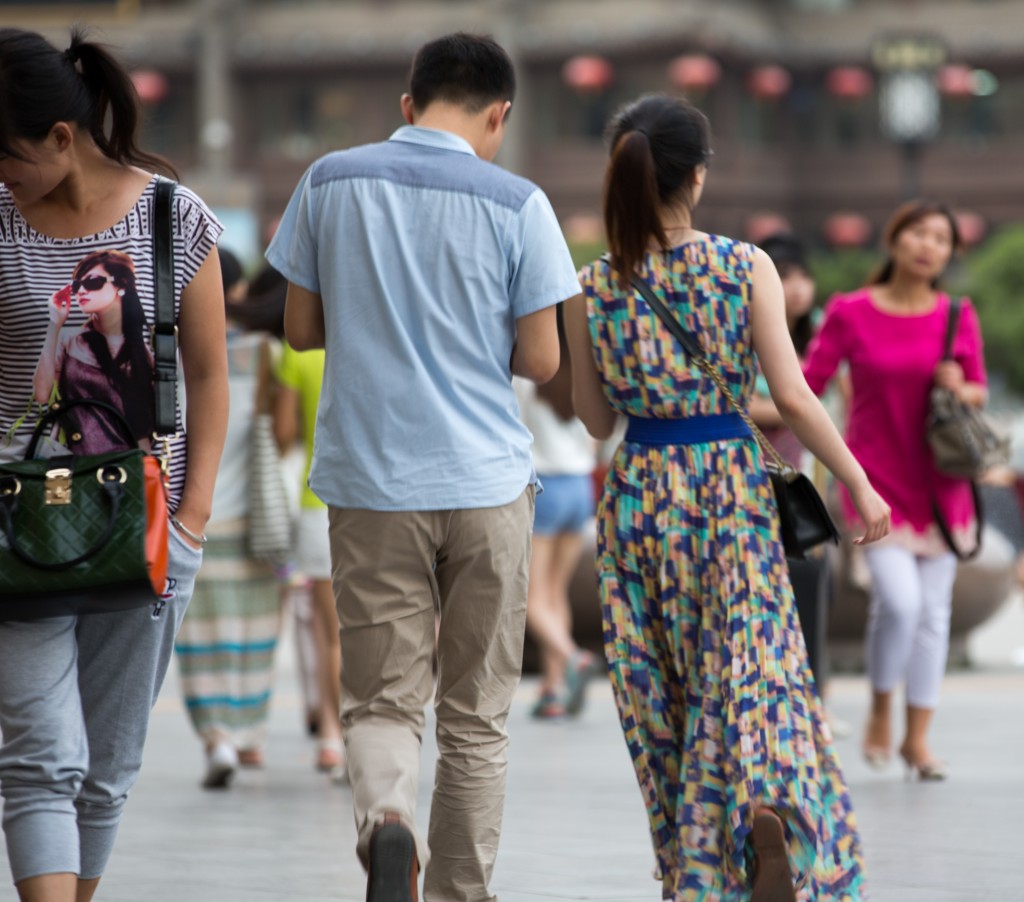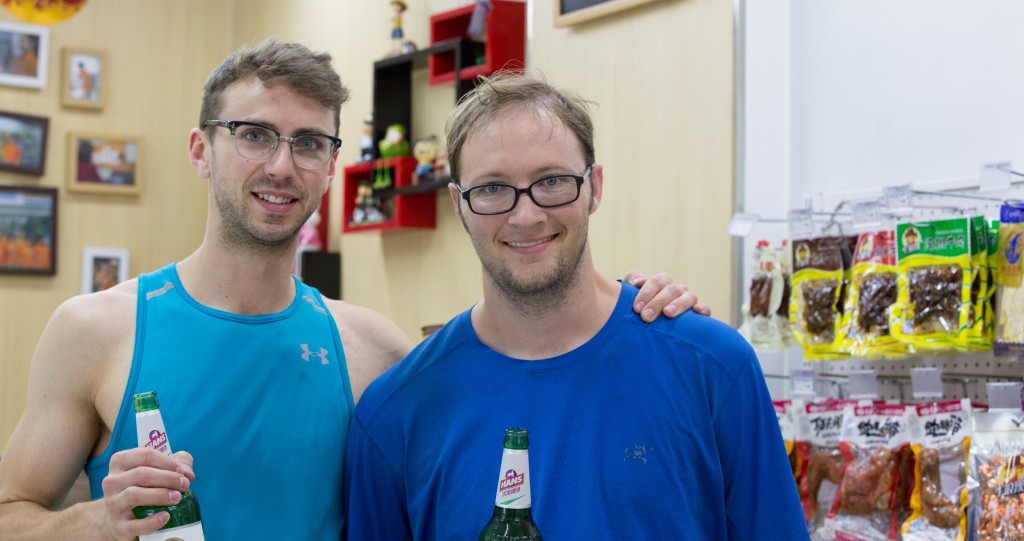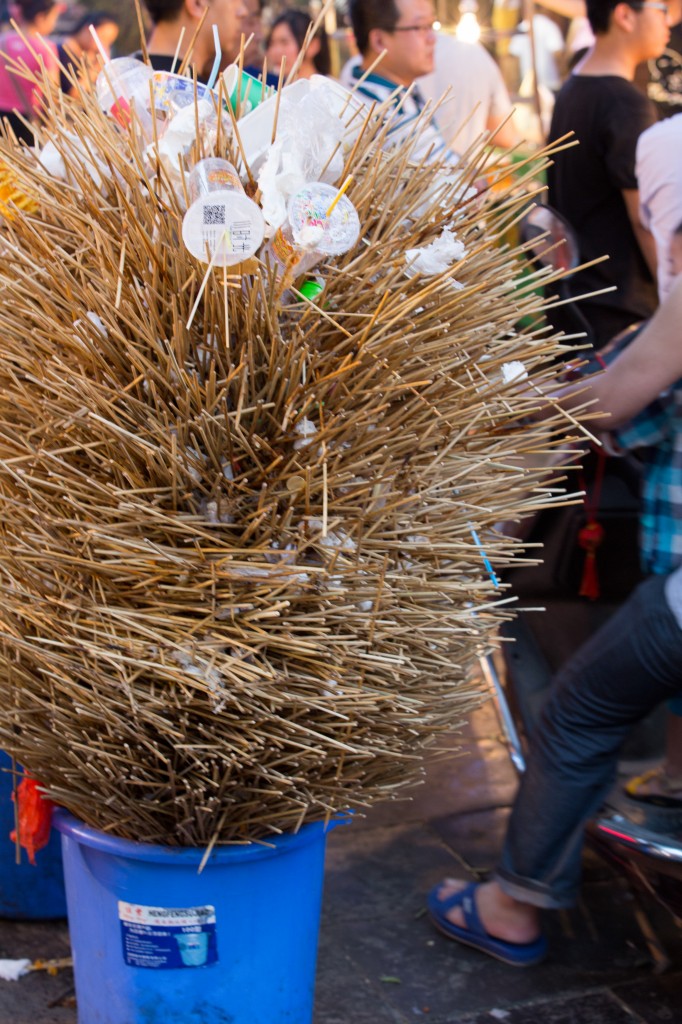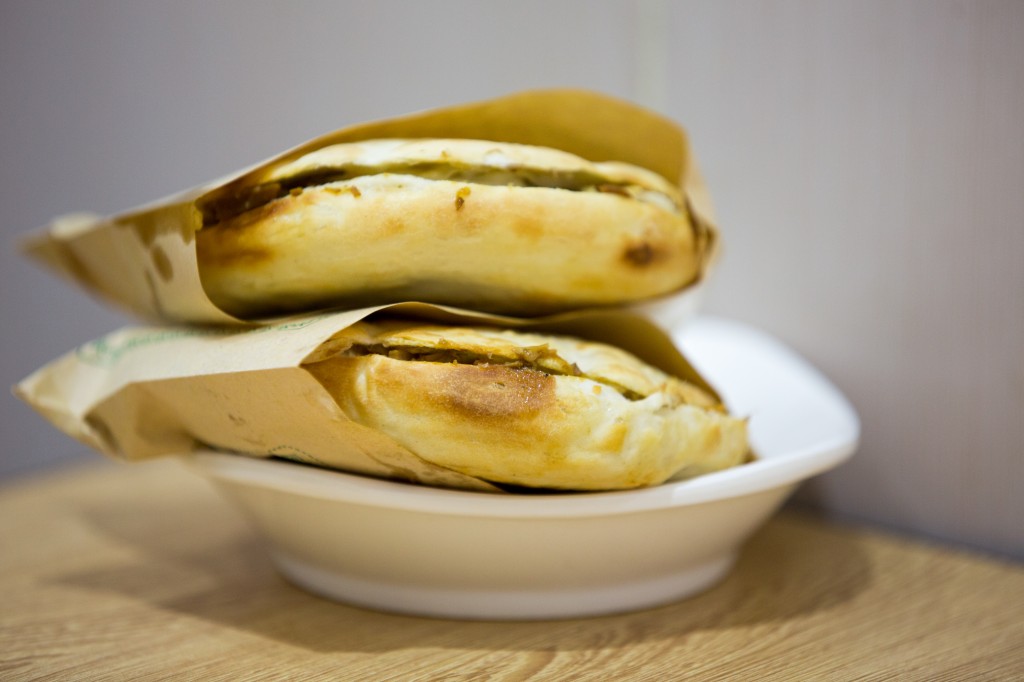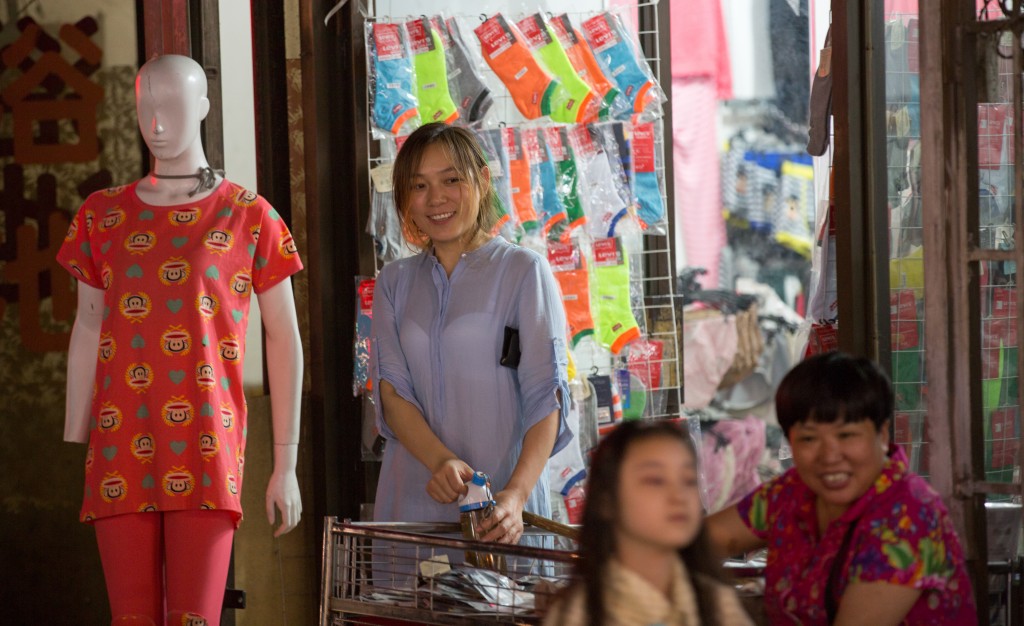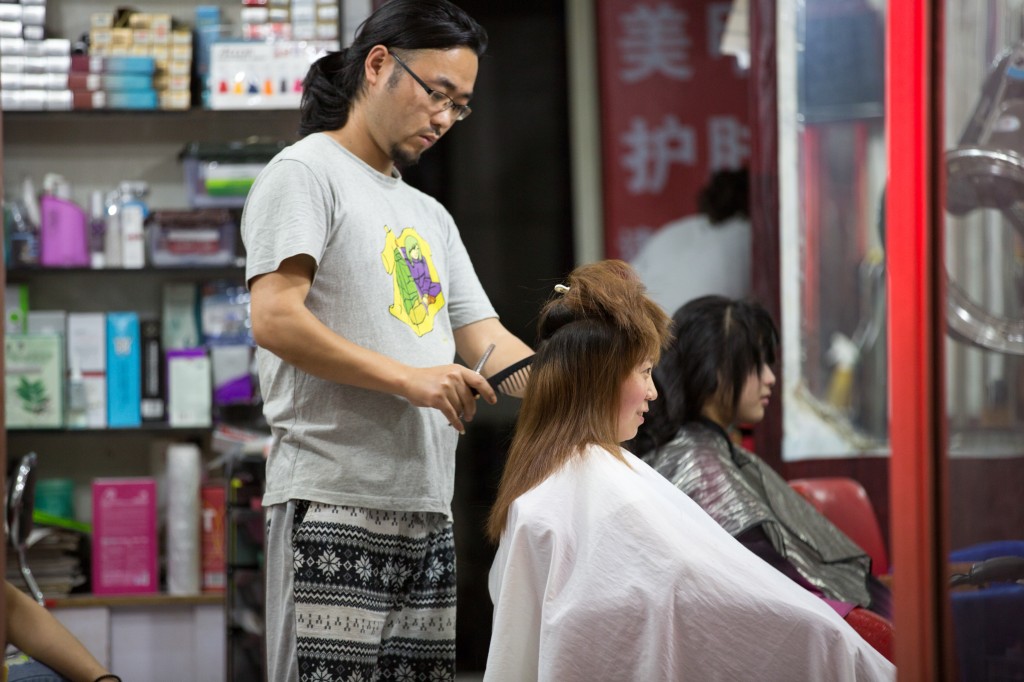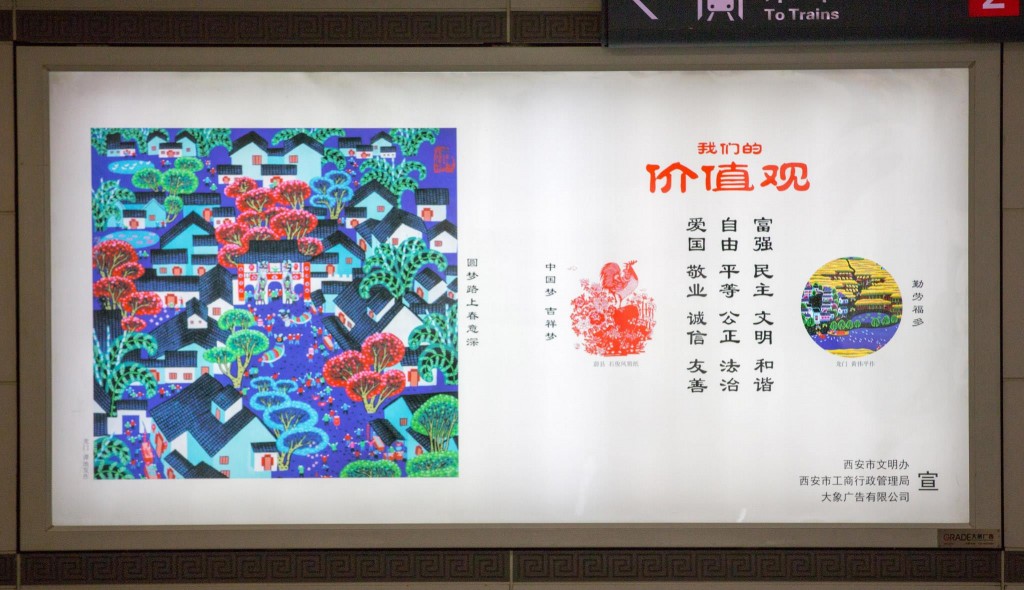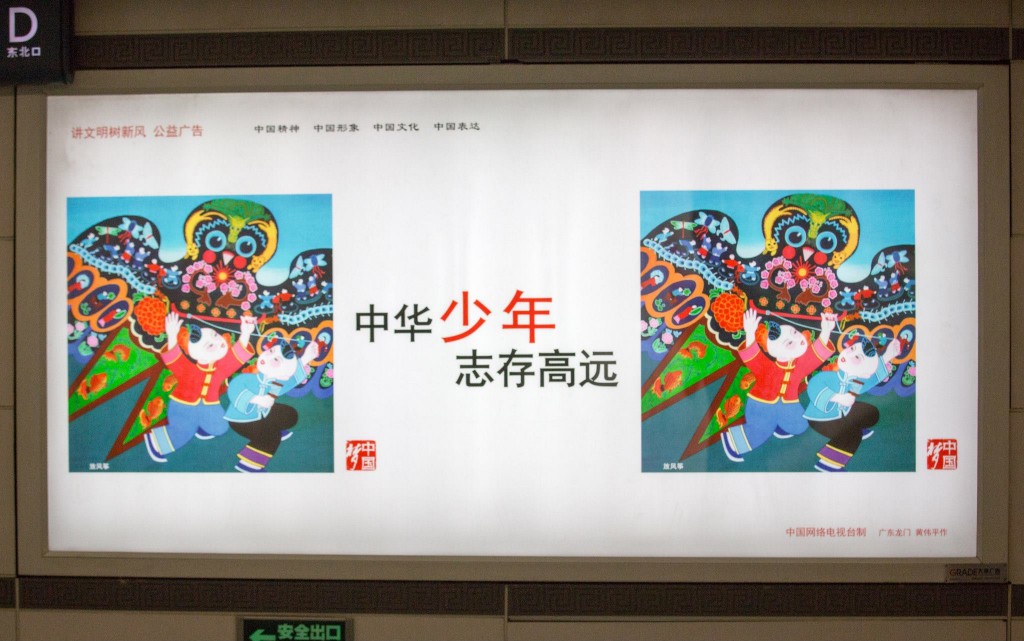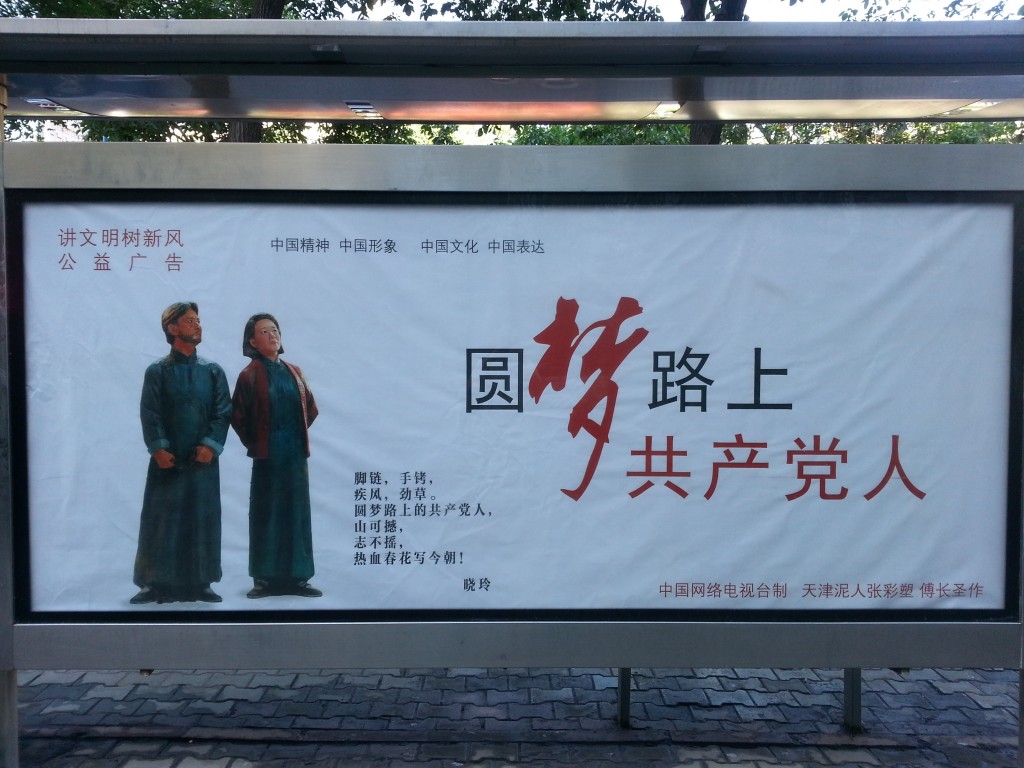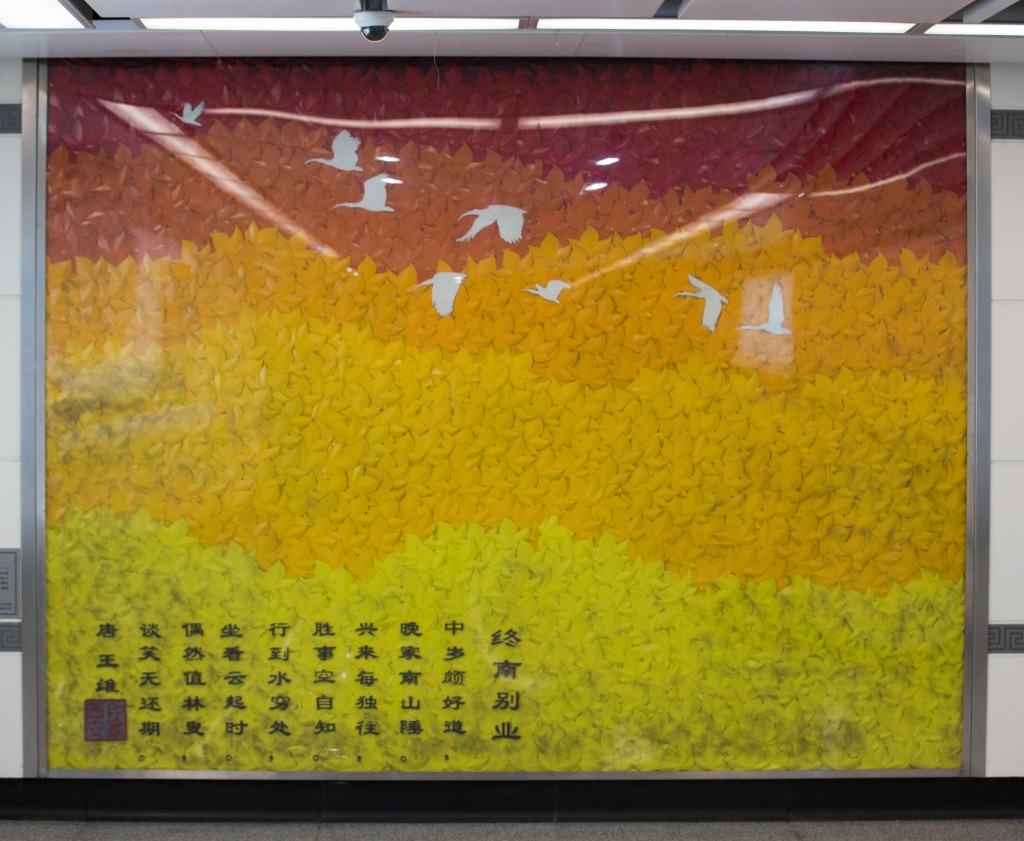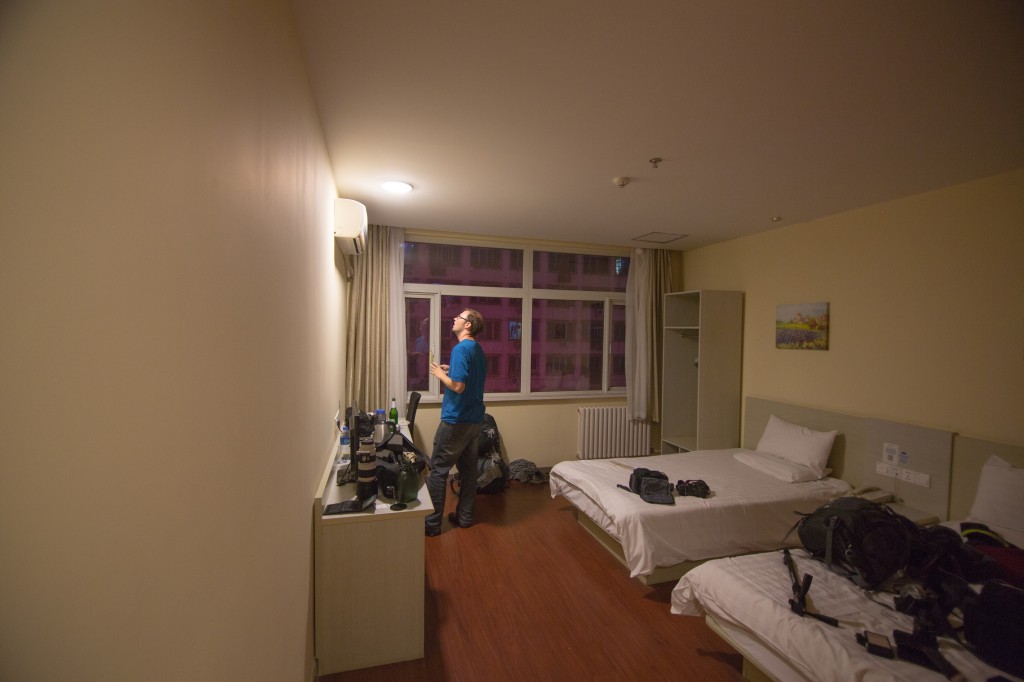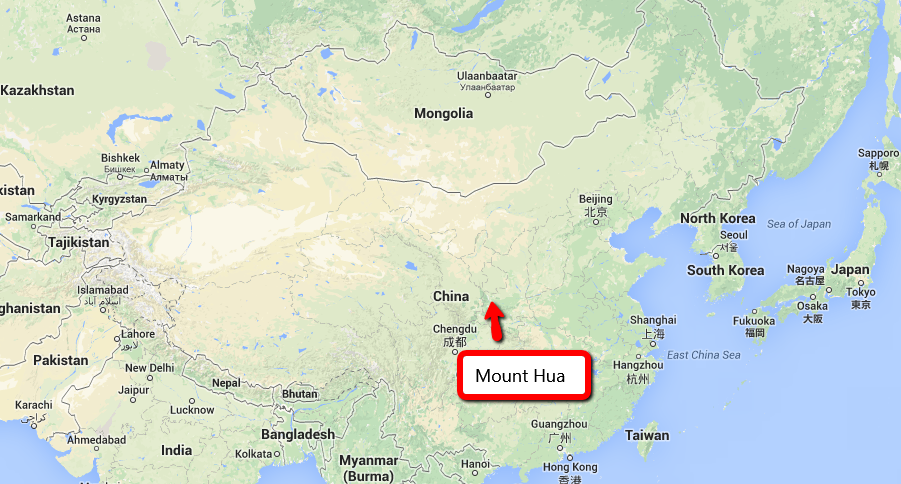
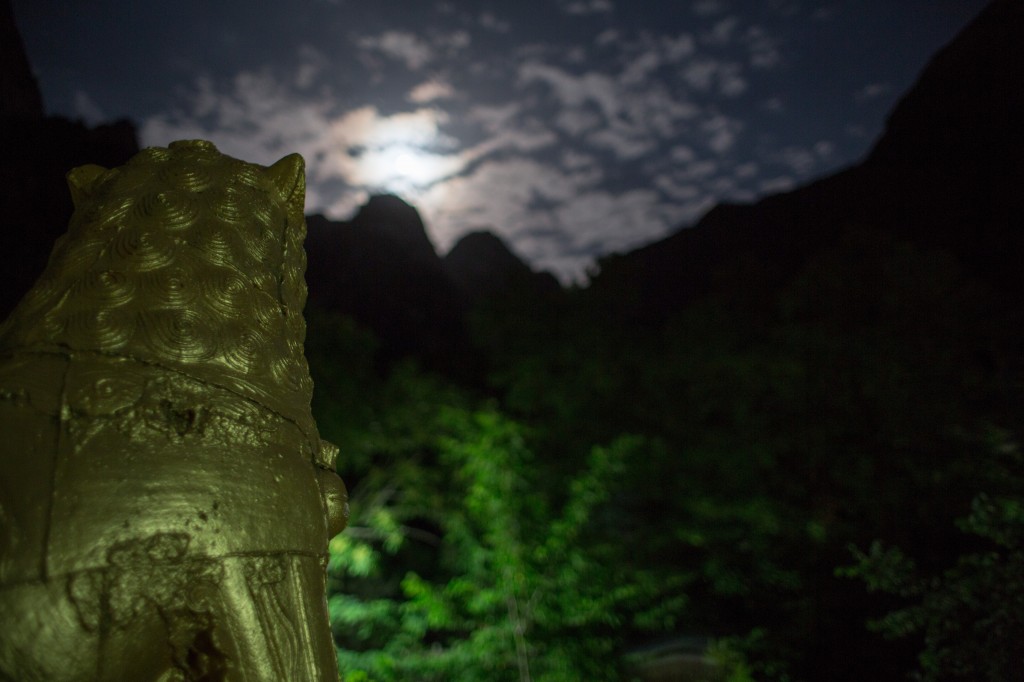
Moonlight above Huashan
It was the first time we could see the stars in China. They twinkled lightly above the granite outcroppings that loomed above us in the midnight sky. During the day, we had been sweating on the streets of Xian, but, here at Huashan, the night air was cool and got chillier as we worked our way more up the hill. The beauty of the night sky never left us as we journeyed deeper into the shadows of the peaks of Huashan.
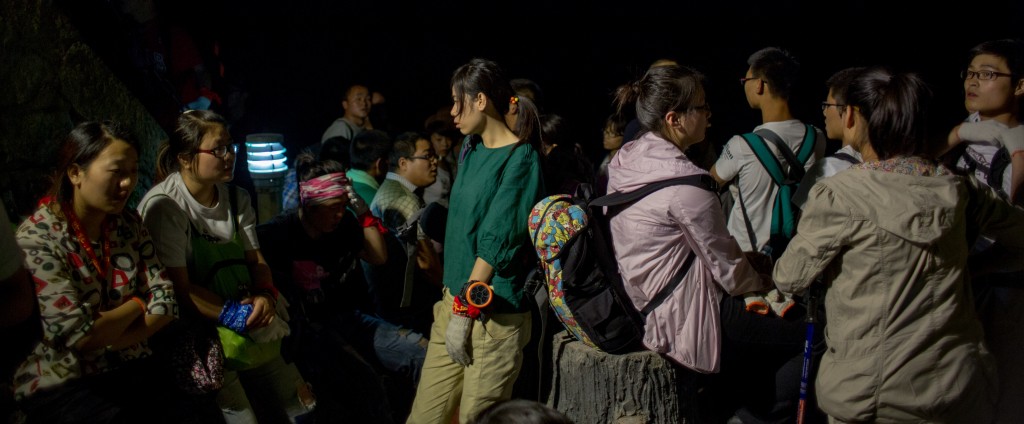
Finished with High School
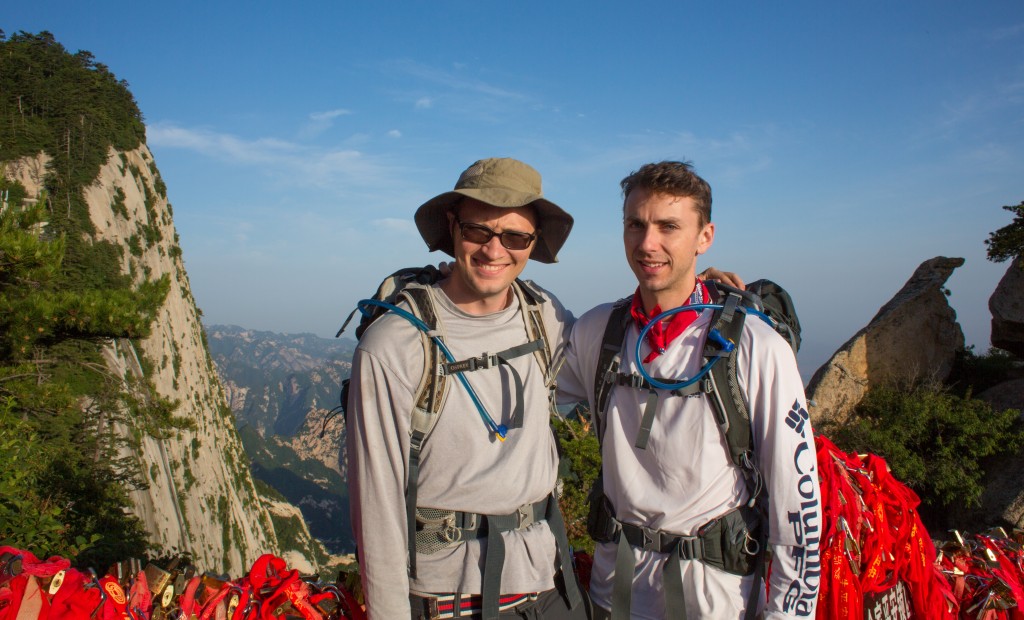
Galen and Lee
Of course, we were still in the middle of China, so, though we could, for once, see the stars, the hike up Huashan was not very nature-focused. Huashan Mountain is located a two hour drive east of Xian, in the heartland of China. As we cut up the ten foot wide concrete path, we passed and were passed by pockets of ten to twenty students climbing the mountain, shouting and laughing at each other.
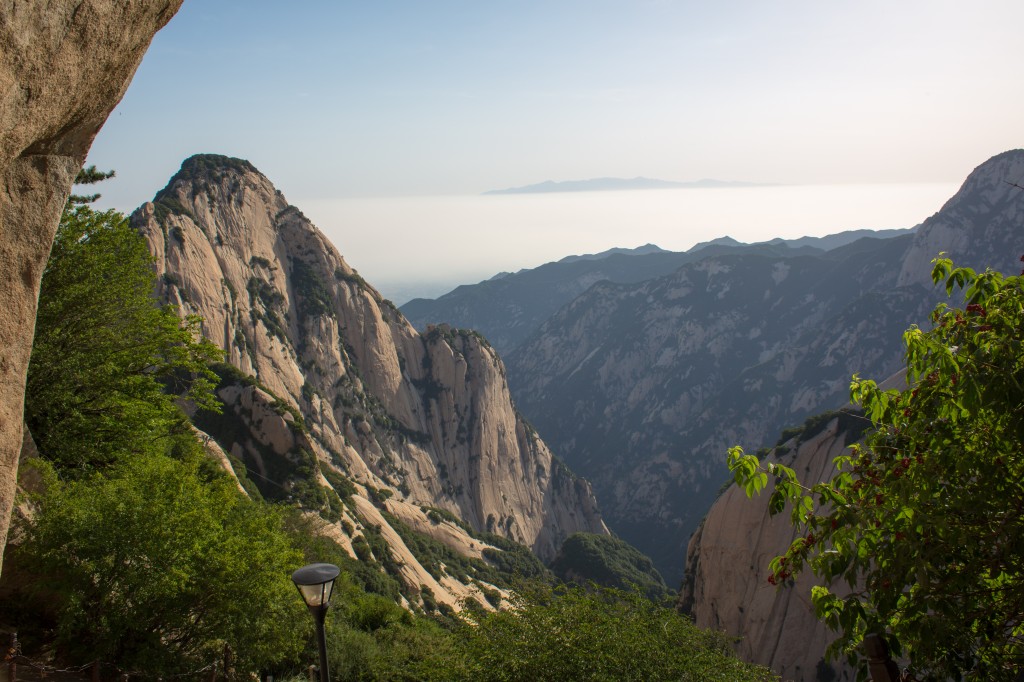
Daylight Mountain
A few days before, most of these students had sat silently, heads down, in classrooms, enduring the Gaokao, the leaving exam for all high school students in China. The test lasts for two days and determines what university students get into and what degree they can pursue in their university. It is the most important test in the lives of a country that treats tests as a way of life. Success on the Gaokao is equated with success in life; failure is no different.
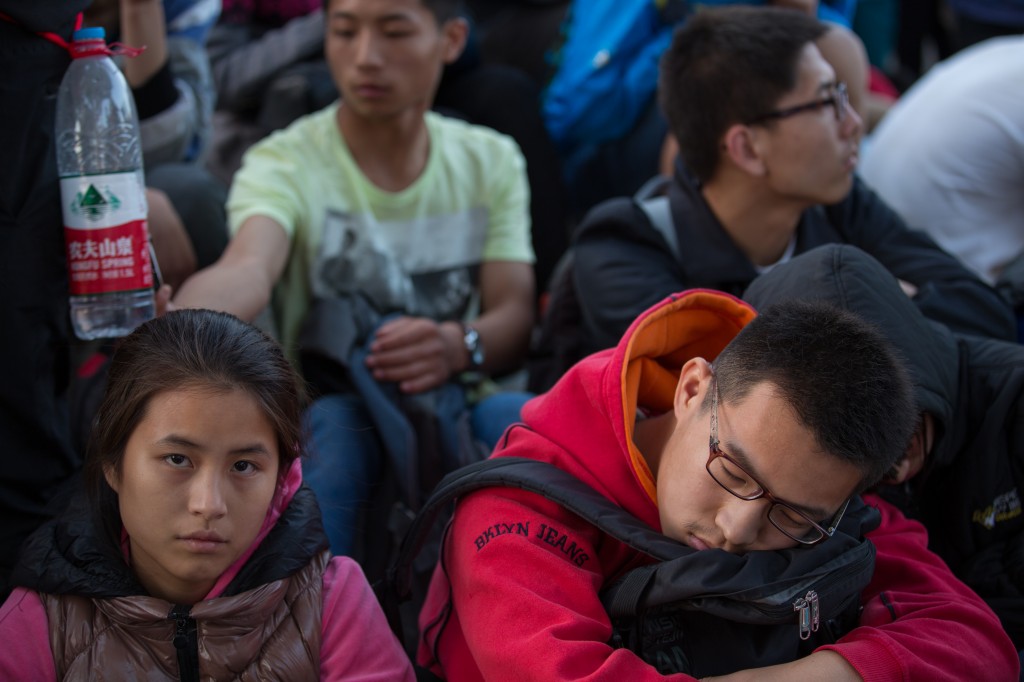
Sleepy
Which explains why they were laughing so much now, their shouts exploding every few seconds from the tops of viewpoints. A few days before, they had been struggling through the Gaokao. They would not get their scores back for another two weeks, when their high school cliques would split apart as they went off to different universities. But, that night, as they climbed the face of Huashan, their past was something they could do nothing about and their future was still too far ahead of them to do anything about. For only these two weeks, they were allowed to not think about tests. They had nothing to do but concentrate on the present.
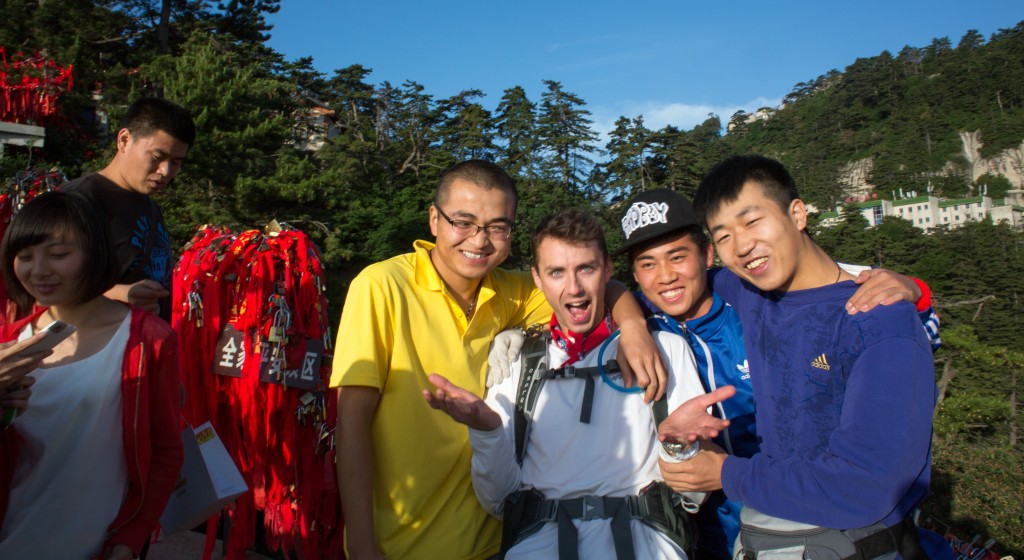
Galen and the Boys
It was necessary to concentrate on that present, because Huashan, unlike other famous mountain hikes in China, is a difficult and even dangerous climb. The first hour was a steep walk along a mountain stream, but, after an hour, we moved out of the valley and began the ascent up Huashan’s face. In the three steepest sections, from the Cloud Gate up the Thousand Foot Face, through the Hundred Foot Valley and finally into the Old Aristocrat Carves a Furrow, we calculated that the trail was six to eight hundred feet straight up. Imagine climbing a ladder up a sixty-five story building.
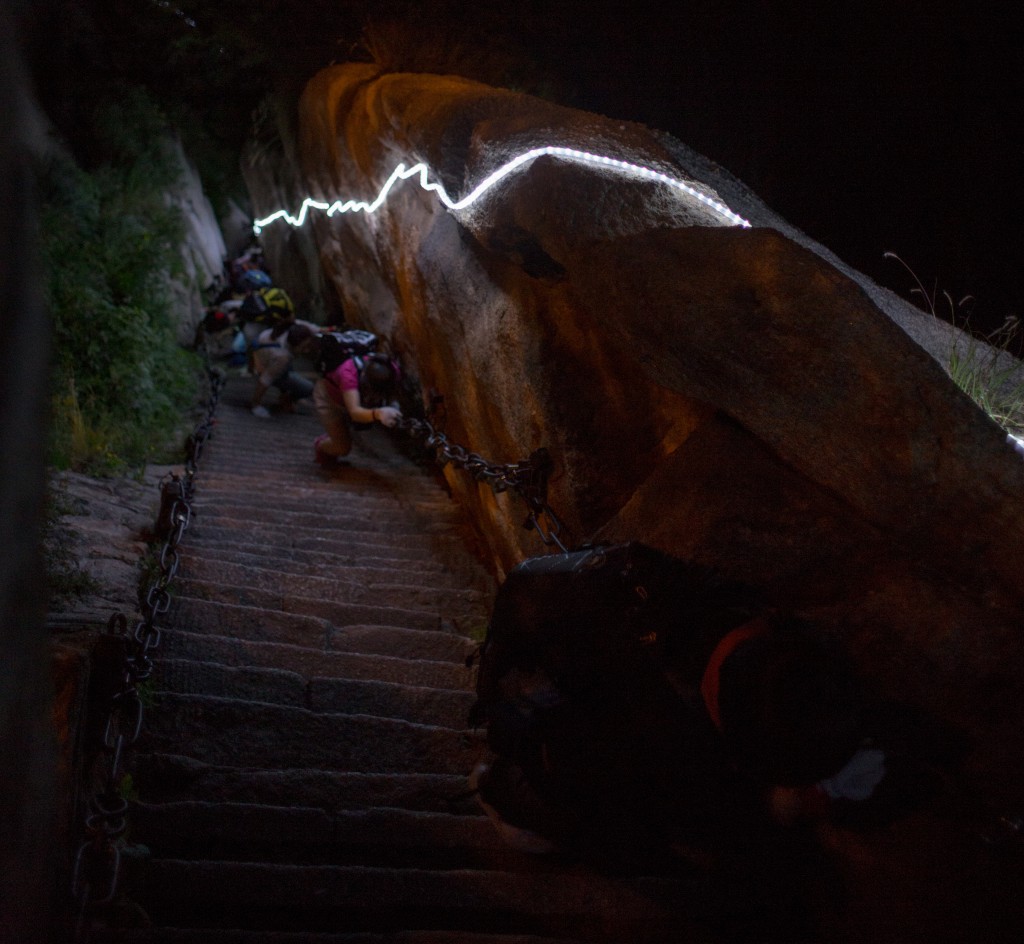
Ladder-Like
Although Huashan was traditionally one of the five most important mountains in China, it was rarely climbed because it was just so dangerous. Today, they have installed railings to keep climbers from plummeting a thousand feet to their death as they climb up the steepest parts, but, this has added another danger factor. The relative safety of the climb has made it more popular, meaning we made the sixty-five story climb while negotiating a crowd of teenagers. We have not been able to substantiate any numbers, but we have seen statistics suggesting one hundred people die on the mountain every year. The steepness of the mountain climb, coupled with the availability of alcohol at parts of the climb, mean this number of deaths is possible. We saw no deaths, but small injuries were common; we saw one teen looking somewhere between annoyed and concerned as his girlfriend sat on in the middle of the Thousand Foot Face crying, her right knee a bright, blue ball. We just climbed past them.
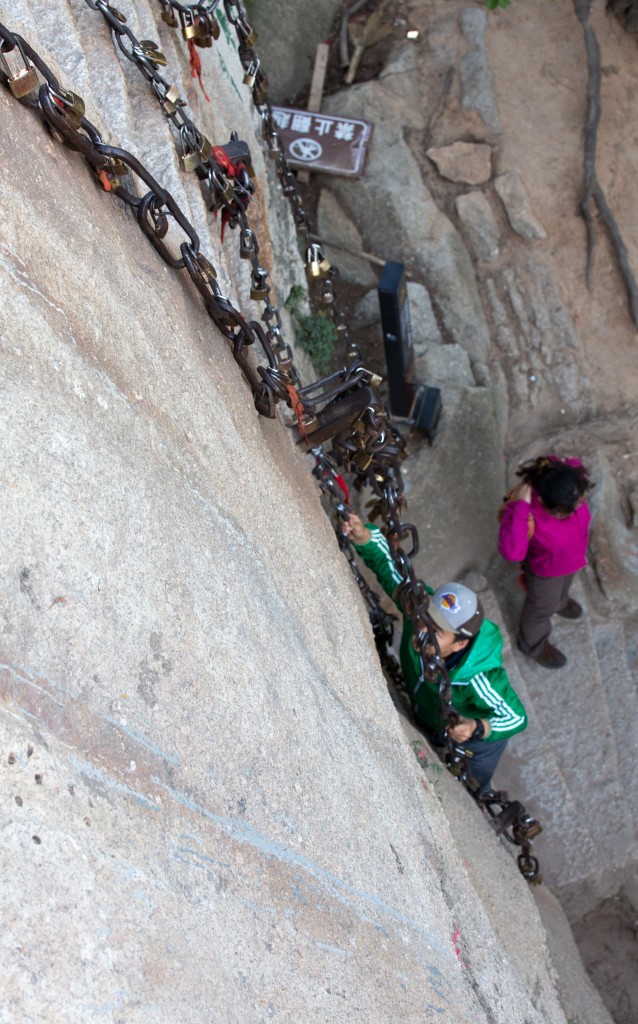
Rock-Climbing for Real
We had begun climbing at ten in the night. We got to the top sometime around four in the morning. Galen and I found piles of fairly flat dirt and napped for half an hour before our final ascent to the East Peak to watch the sunrise.
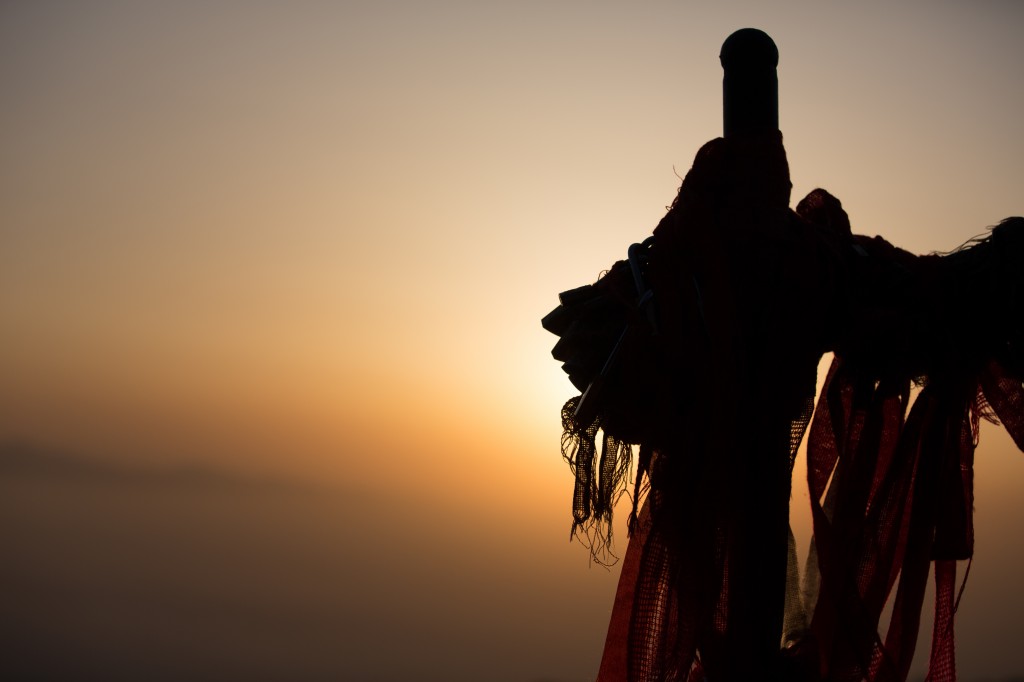
Sunrise
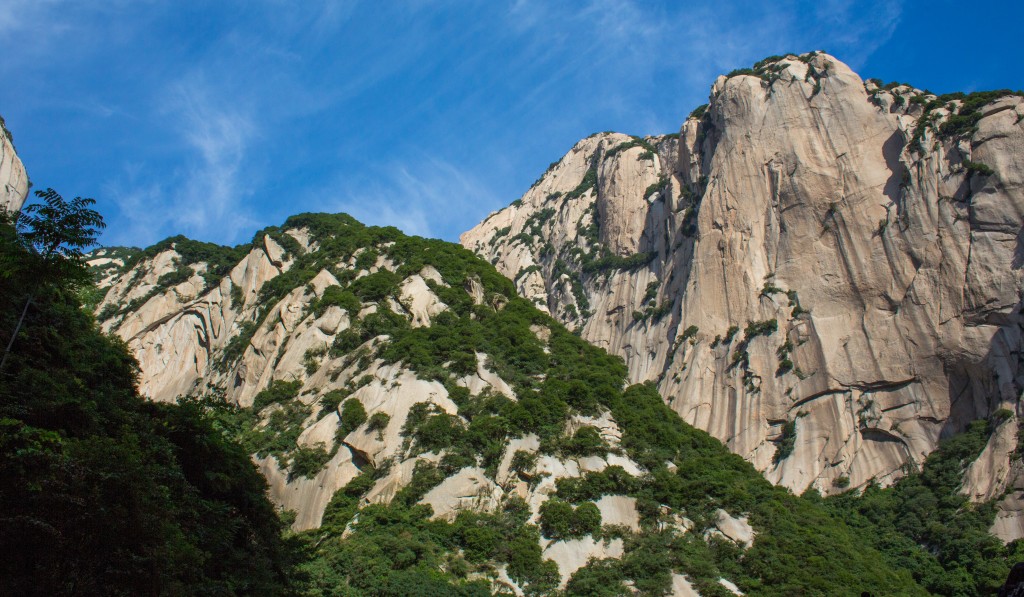
Sunrise, we had been told, would happen at 5:25. When we got there at five, there was already a swarm of people on the East Peak. By the time the sun rose, fifteen hundred Chinese people were packed onto the top of the East Peak in a space about the size of a basketball court. It was as densely packed as a rock concert. Turning inevitably involved elbowing someone.
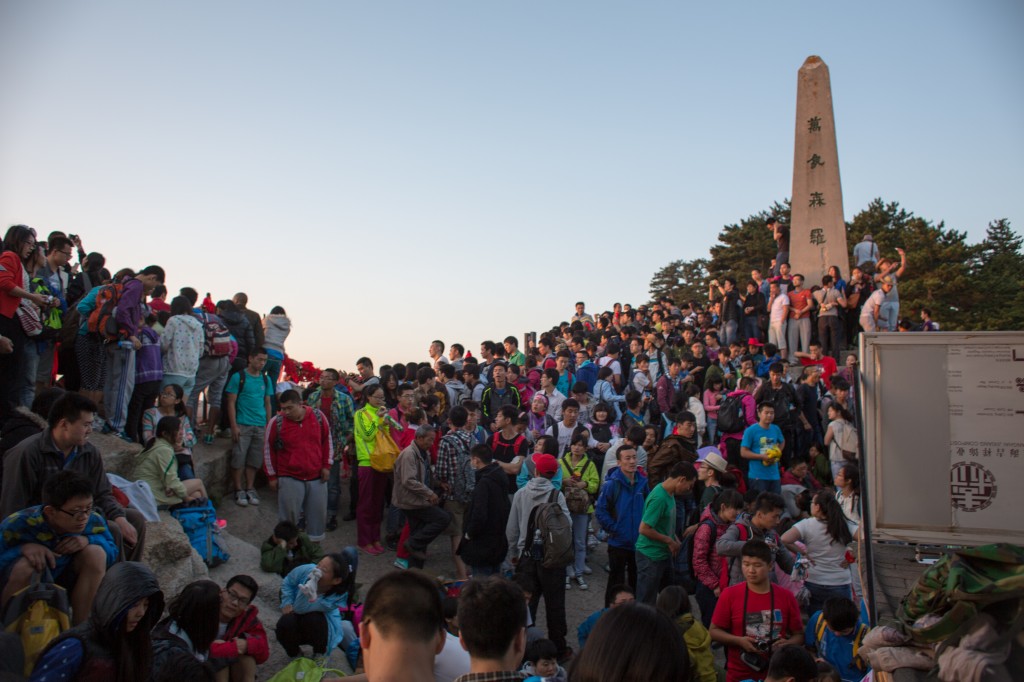
Packed
The sun emerged from the horizon’s clouds at around 5:20, along with the “Oohs” and “Ahhs” and smartphone screens of fifteen hundred people. The sunrise was not all that impressive. Galen chalks this up to all the pollution in the air. The dense haze meant we did not really see all that much of the sun. But we had come for the experience, not the sunrise. Along with several thousand Chinese kids, we had spent all night climbing this precipitous, holy mountain. By that time, we had been awake for more than twenty-four hours, five of those hours climbing six thousand feet up the face of the granite peaks of Huashan. I did not feel any closer to nature, but I understood the Chinese people a little better.
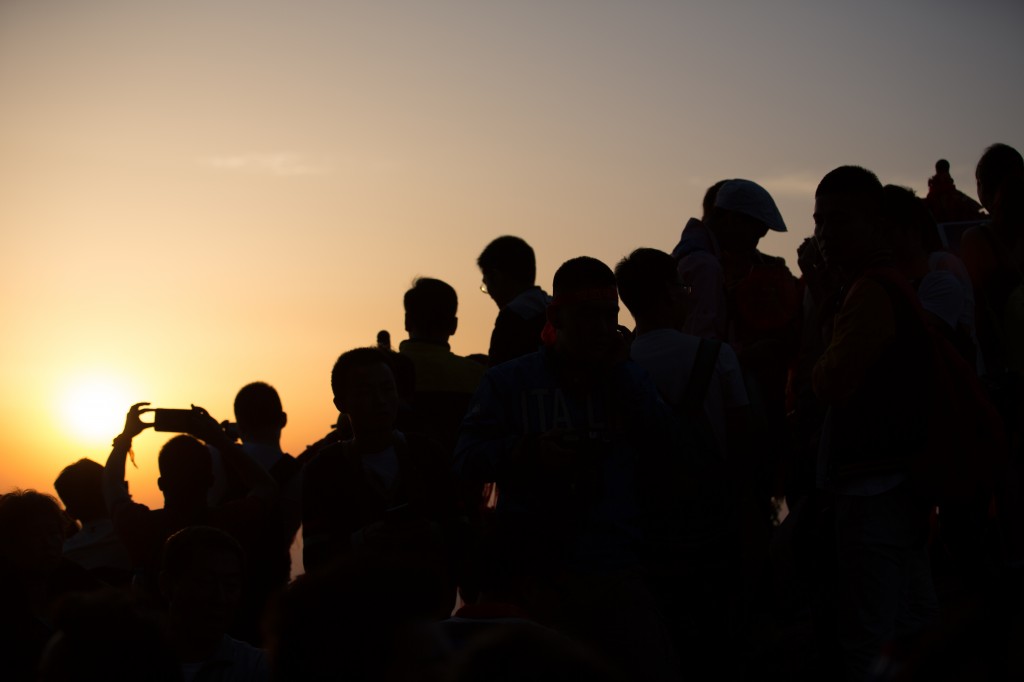
Crowds

Captured

Sunrise
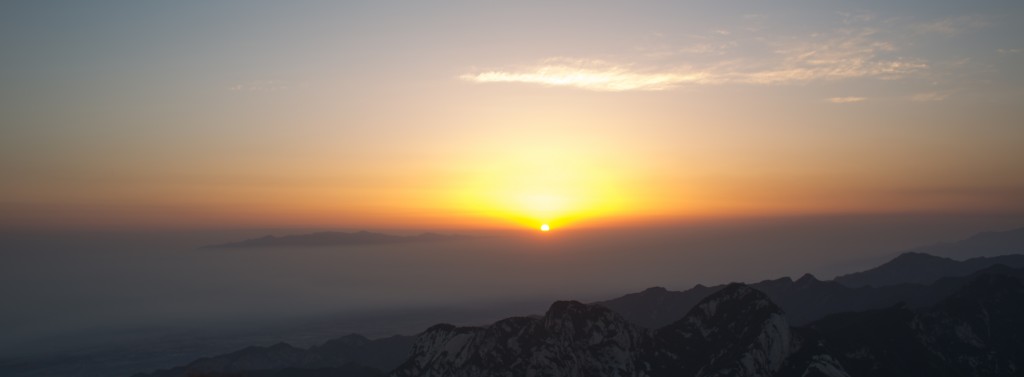
Sunrsie
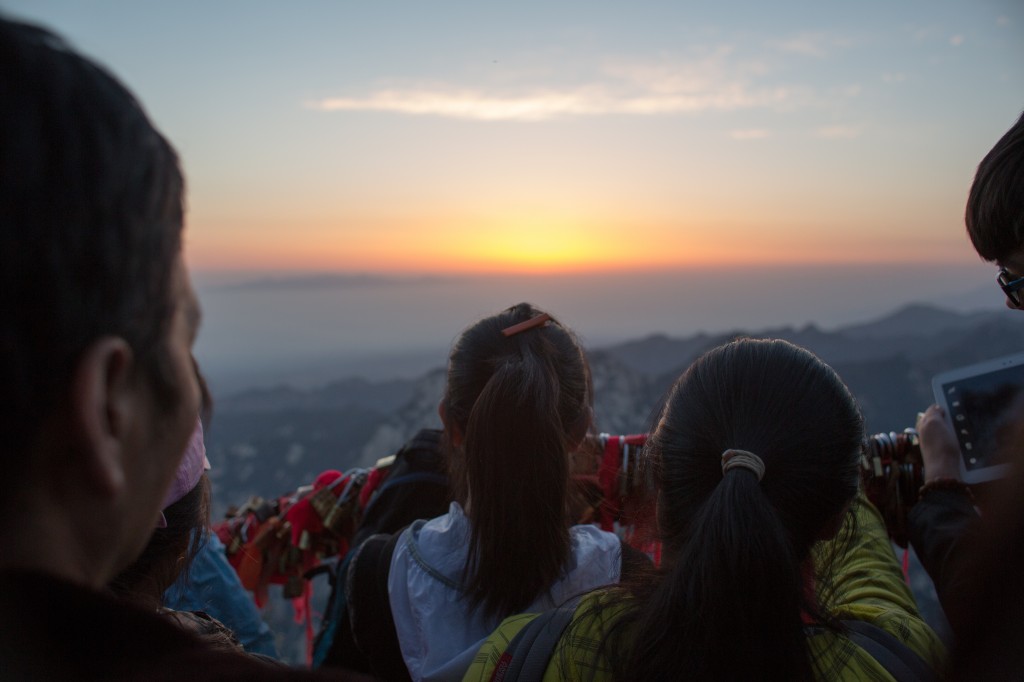
Sunrise in the Crowd
